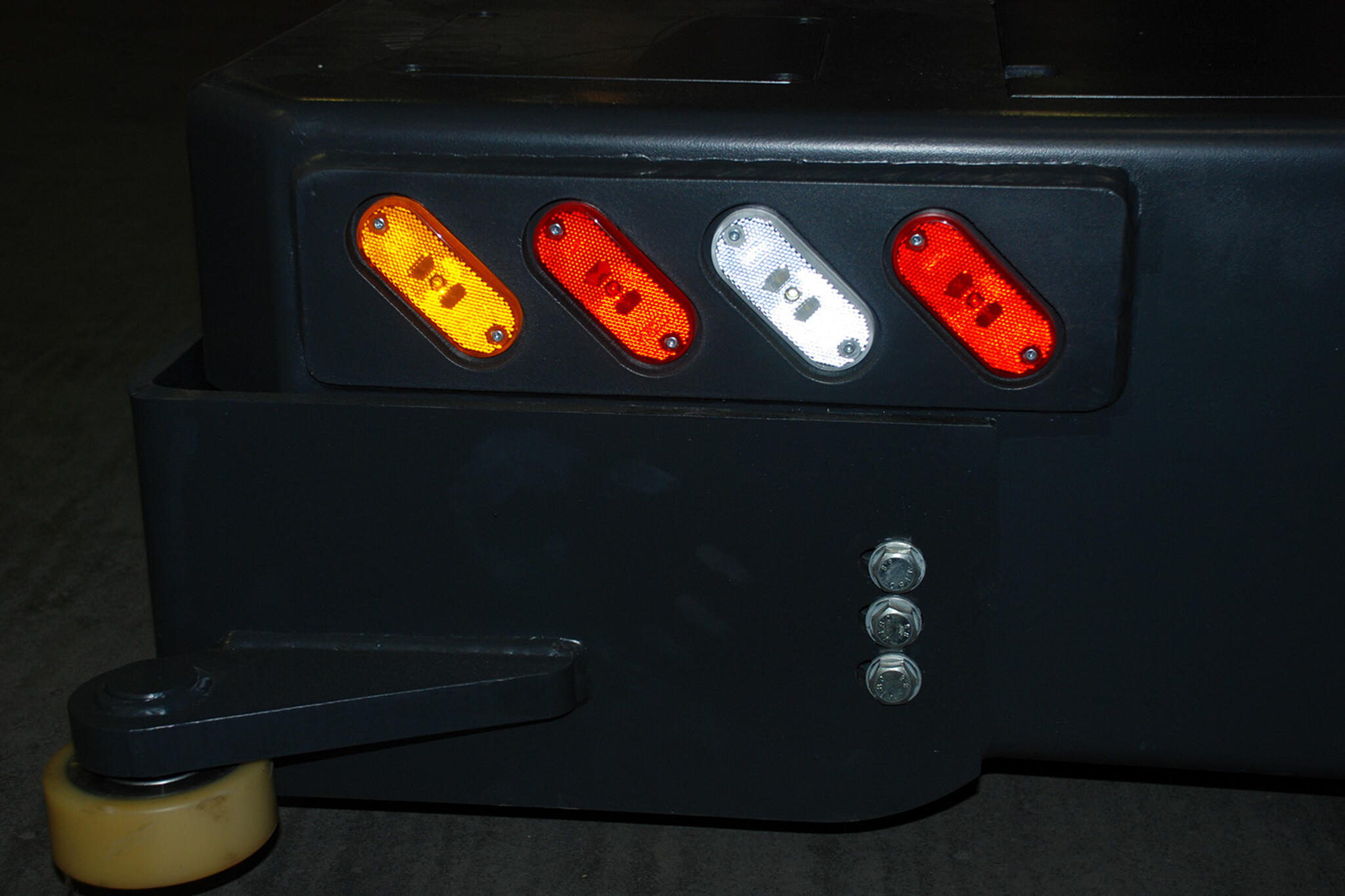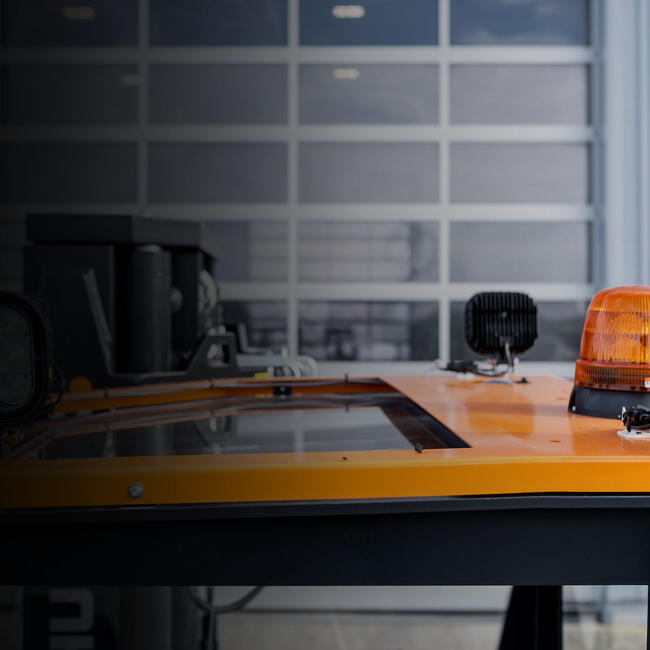The lighting on a forklift serves two different purposes. At twilight and in the dark, forklift truck drivers still need to work precisely and productively. This is only possible with the right truck lighting. What's more, lighting is also an important safety feature. Audible warning signals are not always sufficient. That's why we work by the motto "see and be seen."
On a forklift truck, there are two types of lighting: work lights and safety lights.
Work lights
Forklifts, including our HUBTEX multidirectional sideloaders, must be equipped with lighting in accordance with national regulations. Of course, this includes headlights and taillights. These types of lights help to keep employees safe while they work. However, they also serve to illuminate the surroundings so that the employee can maneuver safely. The right work lights prevent personal injury, as well as damage to the forklift, the transported goods and the environment.
LED lamps
LED lamps are currently used as standard in trucks. They combine high output with low energy consumption. High energy efficiency is essential, especially for electric trucks.
The light output of the lamps is expressed in lumens. This is often referred to as the brightness of the lamps.
The power consumption is determined by the wattage of the lamp.
Attachment of the work lights
The work lights can be attached in various positions, depending on the type of forklift truck and application.
Lighting on the cab roof
The lighting on the cab roof is used to illuminate a large area in front of and to the side of the truck. In standard applications, the transported goods, the route and the surrounding area can be clearly identified. Work lights can be mounted on the cab roof in whichever direction best illuminates the surroundings.
The headlamps can be adjusted by hand to improve the positioning whenever necessary.
Lighting on the fork carriage or the lift mast
The lighting on the fork carriage or on the lift mast has a similar purpose to the work lights on the cab roof. The lighting is precisely aligned to the area in front of the fork carriage or lift mast. This makes operations easier when carrying out storage and retrieval at high heights in the dark, since the lighting moves with the fork carriage. Combining the lights with a fork carriage camera increases safety and productivity even further.
What do you have to consider when choosing lighting?
Choosing the right work lights for forklifts depends entirely on the area of application. Various factors such as light intensity, light color and color temperature must be taken into account when making the selection. The color of the lighting in particular has an effect from a conceptual point of view.
The casting of shadows and the desired light cone are also very important.
Safety lighting for forklift trucks
In addition to work lights, trucks also feature safety lights. Employees and other vehicles move around the truck and must be made aware where the truck is coming from and what truck direction it is going, at all times. A number of different safety lights are available for trucks.
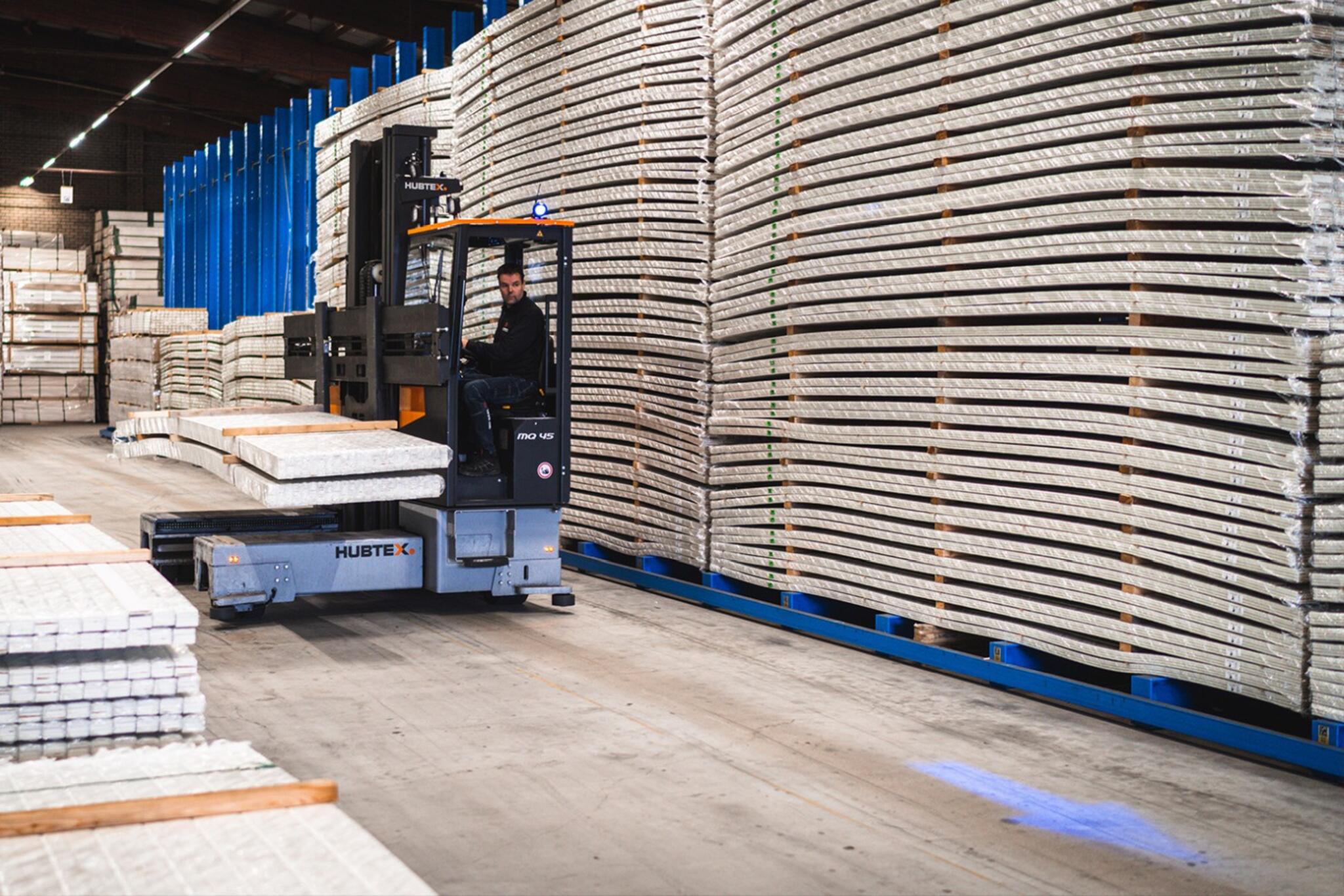
Blue Spots
Blue Spots are positioned on the truck in the possible directions of travel to project an arrow onto the route ahead. This arrow is automatically activated and deactivated depending on the preselected direction of travel. Employees are alerted very quickly that a forklift is approaching and can prepare accordingly.
Warning zone light
Warning zone lights have a similar function to the Blue Spots. They warn pedestrians by marking a zone around the truck that should not be entered.
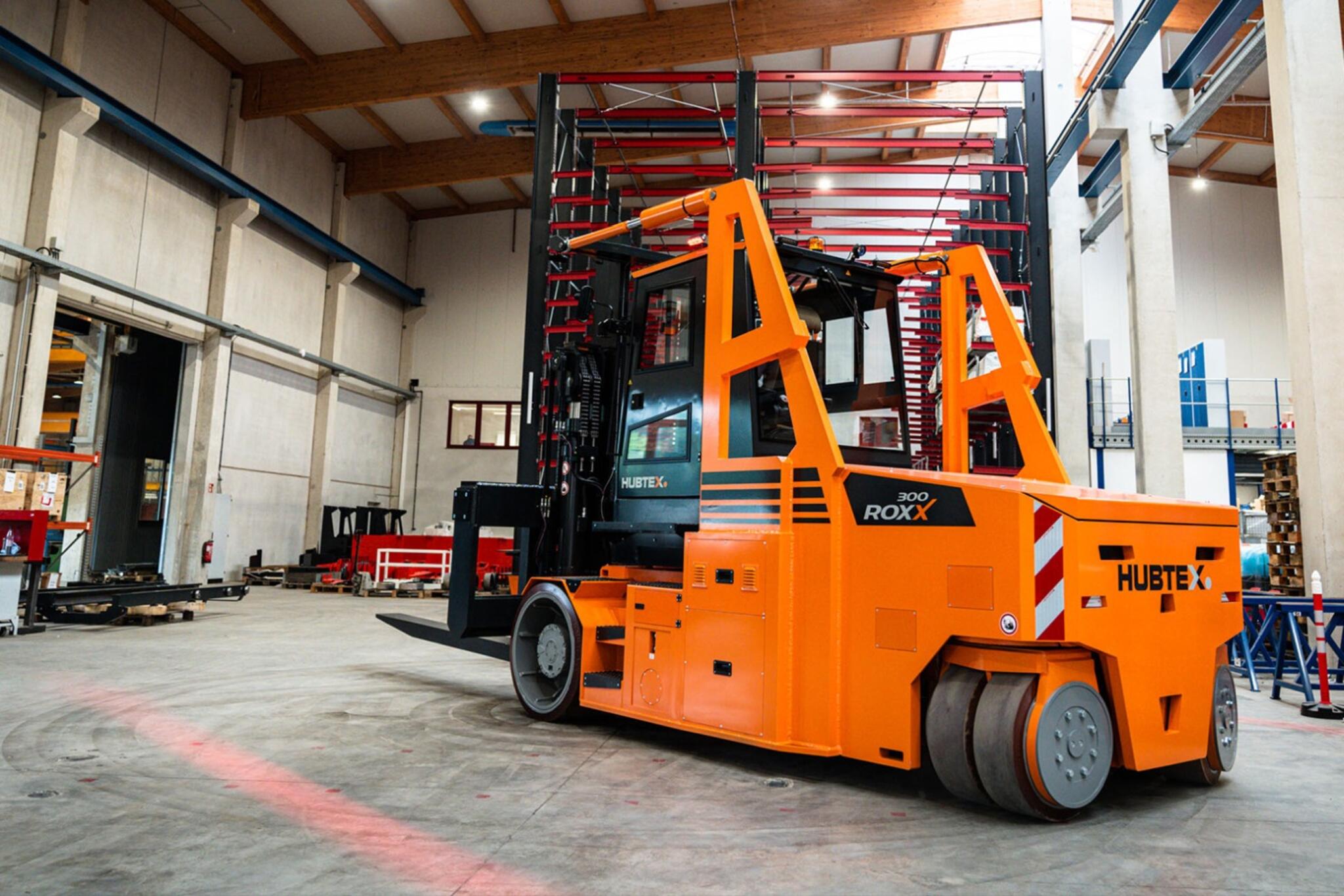
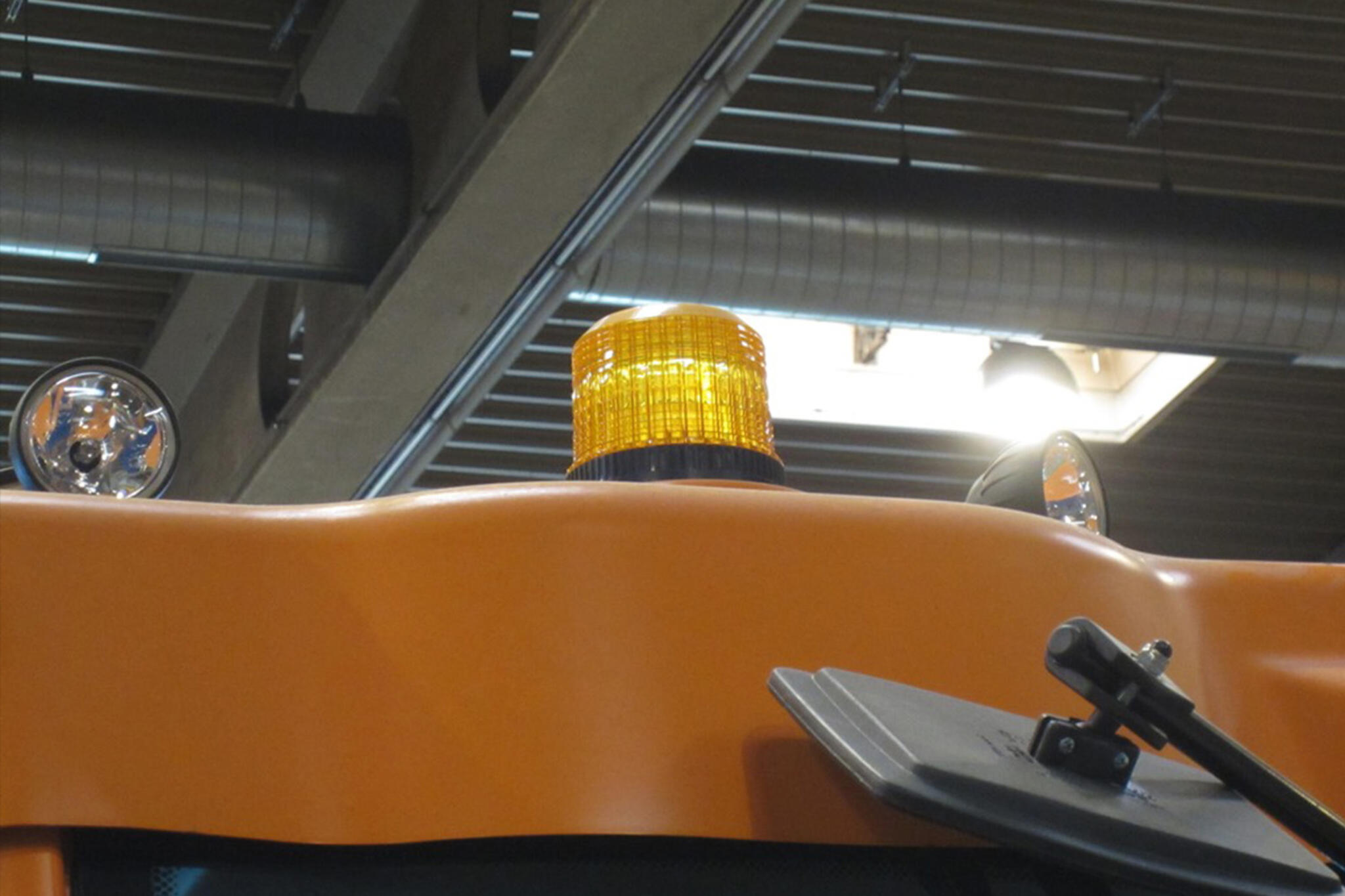
Beacons
Beacons are mounted on top of the truck. They light up when driving in directions that are not so easy for the driver to see, e.g. when reversing. The beacon also lights up when the lift mast is raised and lowered. The flashing lights work on the same principle.
Forklift lighting in accordance with the Road Traffic Act (StVZO)
A number of points must be observed before a forklift truck can also be driven on the road. Work and safety lights are not sufficient. Additional lighting is required.
A low beam light and parking lights must be attached at the front of the truck or in the standard direction of travel. For safe turning, flashing lights must be attached to the front and rear of the truck. These lights also serve as warning lights.
There must also be two rear lights, two brake lights and two reflectors on the rear of the truck.
